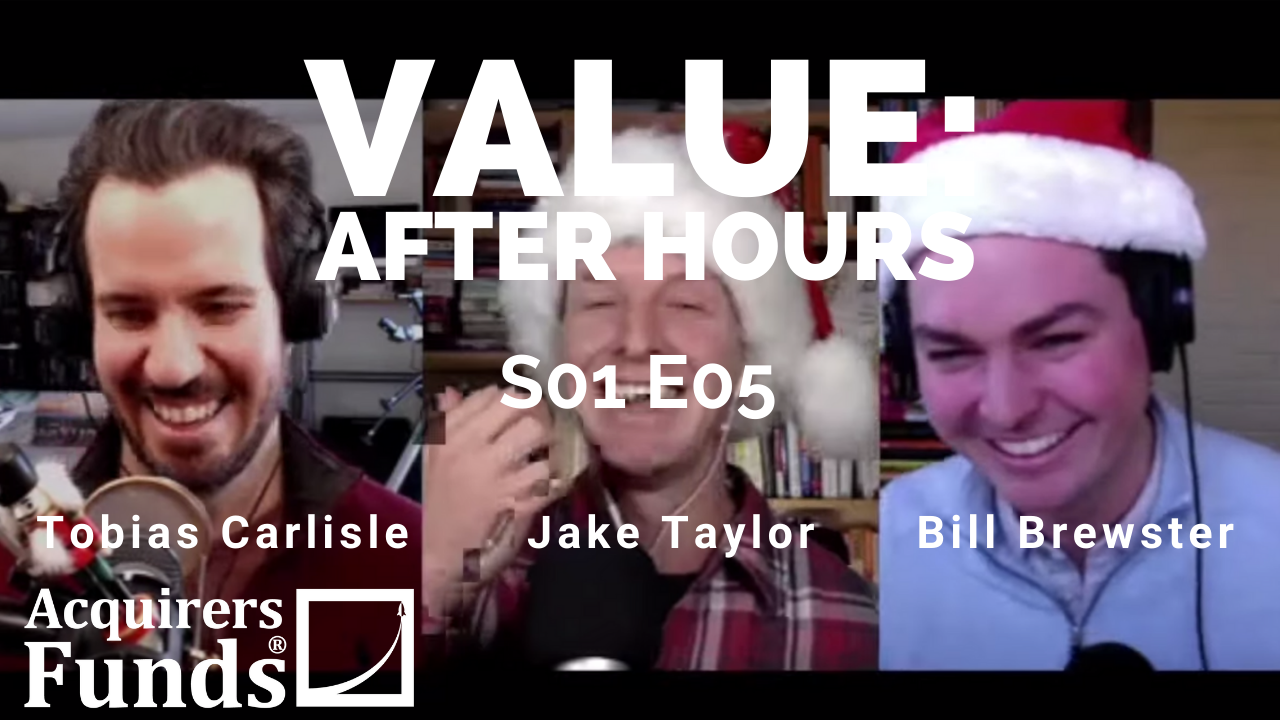This post is an excerpt from an article published on marketwatch in June 2008.
Bob Farrell was a legend at Merrill Lynch & Co. for several decades. Farrell had a front-row seat to the go-go markets of the late 1960s, mid-1980s and late 1990s, the brutal bear market of 1973-74, and October 1987's crash.
He retired as chief stock market analyst at the end of 1992.
1. Markets tend to return to the mean over time
By "return to the mean," Farrell means that when stocks go too far in one direction, they come back. If that sounds elementary, then remember that both euphoric and pessimistic markets can cloud people's heads.
"It's so easy to get caught up in the heat of the moment and not have perspective," says Bob Doll, global chief investment officer for equities at money manager BlackRock Inc. "Those that have a plan and stick to it tend to be more successful."
2. Excesses in one direction will lead to an opposite excess in the other direction
Think of the market as a constant dieter who struggles to stay within a desired weight range but can't always hit the mark.
3. There are no new eras -- excesses are never permanent
This harkens to the first two rules. Many investors try to find the latest hot sector, and soon a fever builds that "this time it's different." Of course, it never really is. When that sector cools, individual shareholders are usually among the last to know and are forced to sell at lower prices.
"It's so hard to switch and time the changes from one sector to another," says John Buckingham, editor of The Prudent Speculator newsletter. "Find a strategy that you believe in and stay put."
4. Exponential rapidly rising or falling markets usually go further than you think, but they do not correct by going sideways
This is Farrell's way of saying that a popular sector can stay hot for a long while, but will fall hard when a correction comes. Chinese stocks not long ago were market darlings posting parabolic gains, but investors who came late to this party have been sorry.
5. The public buys the most at the top and the least at the bottom
Sure, and if they didn't, contrarian-minded investors would have nothing to crow about. Accordingly, many market technicians use sentiment indicators to gauge investor pessimism or optimism, then recommend that investors head in the opposite direction.
6. Fear and greed are stronger than long-term resolve
Investors can be their own worst enemy, particularly when emotions take hold.
Stock market gains "make us exuberant; they enhance well-being and promote optimism," says Meir Statman, a finance professor at Santa Clara University in California who studies investor behavior. "Losses bring sadness, disgust, fear, regret. Fear increases the sense of risk and some react by shunning stocks." To counter those insecure feelings, practice self-control and keep long-range portfolio goals in perspective. That will help you to be proactive instead of reactive.
"It's critical for investors to understand how they're cut," says the Prudent Speculator's Buckingham. "If you can't handle a 15% or 20% downturn, you need to rethink how you invest."
7. Markets are strongest when they are broad and weakest when they narrow to a handful of blue-chip names
Markets and individual sectors can move in powerful waves that take all boats up or down in their wake. There's strength in numbers, and such broad momentum is hard to stop, Farrell observes. In these conditions you either lead, follow or get out of the way.
When momentum channels into a small number of stocks, it means that many worthy companies are being overlooked and investors essentially are crowding one side of the boat. That's what happened with the "Nifty 50" stocks of the early 1970s, when much of the U.S. market's gains came from the 50 biggest companies on the New York Stock Exchange. As their price-to-earnings ratios climbed to unsustainable levels, these "one-decision" stocks eventually sunk.
8. Bear markets have three stages -- sharp down, reflexive rebound and a drawn-out fundamental downtrend
9. When all the experts and forecasts agree -- something else is going to happen
As Stovall, the S&P investment strategist, puts it: "If everybody's optimistic, who is left to buy? If everybody's pessimistic, who's left to sell?"
Going against the herd as Farrell repeatedly suggests can be very profitable, especially for patient buyers who raise cash from frothy markets and reinvest it when sentiment is darkest.
10. Bull markets are more fun than bear markets
No kidding, no comment...
Hello world!
8 years ago



























0 commentaires:
Post a Comment